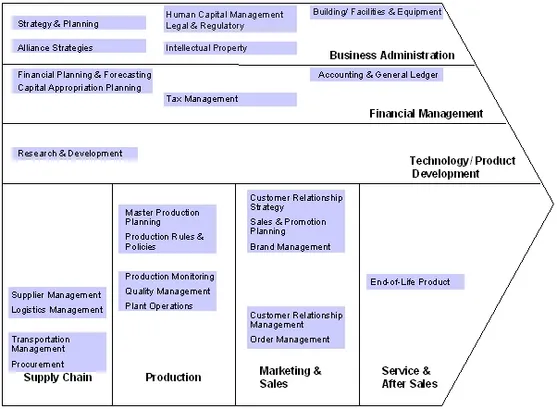Collaborative eGovernment: eGovernment, B2G, Process Orientation
Initial Situation
Comparing the successes of E-Government-Projects shows, that those projects have long-term success, in which both the public administration and companies in the role of process participants benefit from efficiency gain. Right now, in this context the talk is primarily about electronic building application. It is assumed that there are a number of similar processes which occur under collaboration between partners of public administration and companies and thus contain mutually improvement through E-Government.
Project Aim

These management interactions, or the underlying collaboration processes are evaluated based on a preliminary study on the experience of the B2G-E-Government project with Audi in terms of their potential for E-government. Selected processes will be analyzed in more detail in terms of an implementation project and in this context, potential partners for a subsequent pilot implementation project will be identified.
Realization
The Chair for Information Systems develops the basic model “management integration” from the perspective of the company to map a systematic qualitative and quantitative overview of administration contacts. Based on the model, the administration contacts will be identified, which the company believes the greatest potential for process integration, acceleration and efficiency gains of E-Government is metered.
Value
Benefits of Collaborative Government include increasing the efficiency, improving quality and increasing transparency.
Aim
The aim of the study is to identify the requirements from the perspective of all who are involved in a B2G-process.
Stakeholder
Scientific Partner
Technische Universität München, Chair for Information Systems (Prof. Dr. Krcmar)